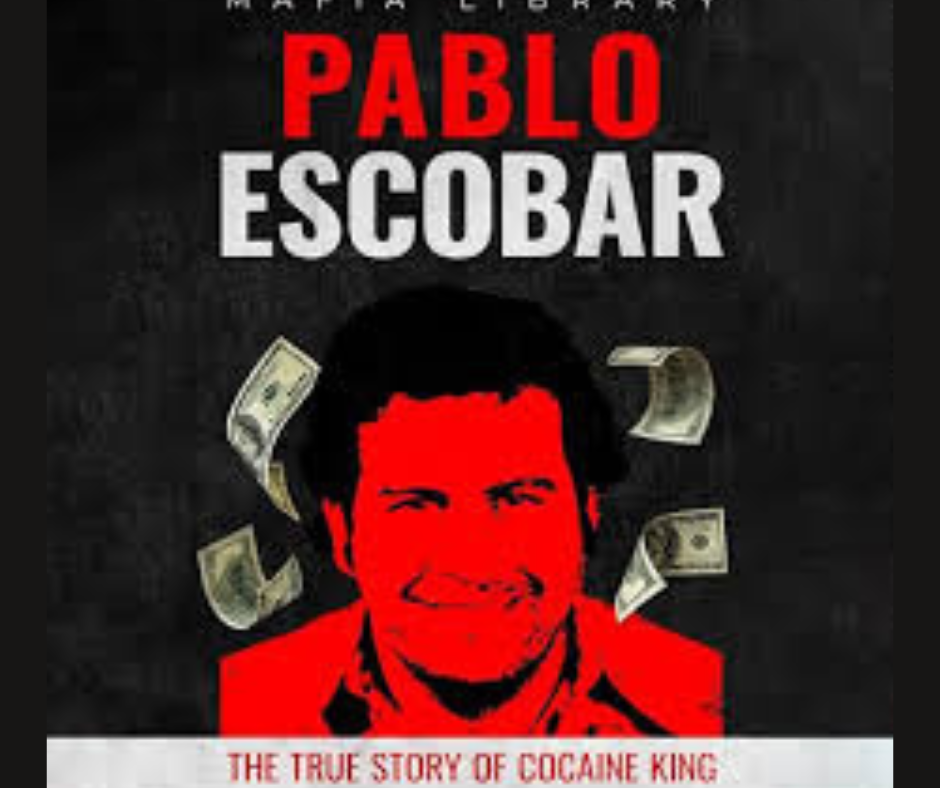Pablo Escobar: The Billionaire Drug Lord Who Shook the World
Pablo Escobar is a name that still sparks curiosity, fear, and fascination. Born in 1949 in Rionegro, Colombia, Escobar rose from humble beginnings to become one of the world’s most powerful and dangerous criminals. He was the mastermind behind the Medellín Cartel, a drug empire responsible for flooding the United States with cocaine during the 1980s and early 1990s.

From Poverty to Power
Escobar didn’t come from wealth. His family struggled to make ends meet. But he was ambitious. In his youth, Escobar dabbled in petty crimes like stealing cars and smuggling contraband. He saw opportunity where others saw risk. By the mid-1970s, he had discovered the booming cocaine trade. That discovery changed everything.
Instead of small-time crimes, Escobar built a full-blown drug empire. He formed the Medellín Cartel, which controlled more than 80% of the cocaine entering the United States. At his peak, Escobar made an estimated $420 million a week. Forbes even listed him as one of the richest men in the world.
The Robin Hood of Colombia?
Despite his brutal tactics, many in Colombia saw Escobar as a hero. He used part of his fortune to build housing for the poor, fund local schools, and create soccer fields. His generosity earned him the nickname “Robin Hood.” But this image was a mask.
Behind the kindness was a man who ruled with fear. Escobar paid off police, judges, and politicians. Those who refused were often killed. His motto was simple: “Plata o plomo” – silver or lead. Accept a bribe, or face a bullet.
A Reign of Terror
Escobar’s influence didn’t stop with Colombia. He declared war on the government when authorities tried to extradite him to the U.S. Bombings, assassinations, and mass killings followed. In one of the worst attacks, a commercial airliner exploded mid-air, killing over 100 people. His cartel was responsible.
The violence crippled Colombia. Thousands died in the chaos. Fear spread across the nation. Journalists, judges, and even presidential candidates were among his victims. The Colombian government, backed by U.S. forces, launched an all-out manhunt.
The Fall of a King
By 1991, Escobar struck a deal with the Colombian government. He agreed to surrender in exchange for a reduced sentence. But there was a twist—he built his own prison, “La Catedral.” It was more luxury hotel than jail, complete with a bar, spa, and even a waterfall.
The deal didn’t last. When authorities tried to move him to a real prison, Escobar escaped. He stayed on the run for over a year. But on December 2, 1993, authorities tracked him down. After a shootout on a Medellín rooftop, Pablo Escobar was killed.
Legacy of Violence and Lessons Learned
Pablo Escobar’s life left a lasting mark on Colombia and the world. His death didn’t end the drug trade, but it weakened the Medellín Cartel. Other groups soon filled the gap. His story is now part of TV shows, movies, and documentaries, keeping his legacy alive in popular culture.
But the real legacy of Escobar is a painful one. Families lost loved ones. A nation lived in fear. And the world learned that crime, even when disguised as generosity, always comes with a cost.
Conclusion
Pablo Escobar was more than just a drug lord—he was a symbol of how power, money, and fear can change a country. His story teaches us the dangers of unchecked ambition and the high price of crime. While his empire crumbled, the lessons from his rise and fall remain more relevant than ever.

